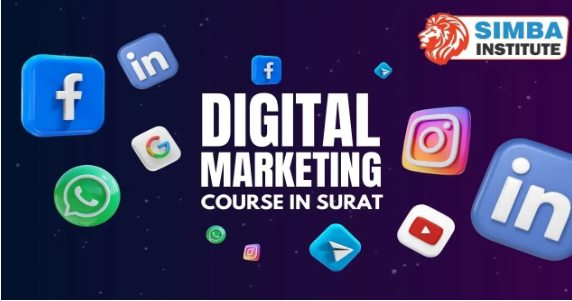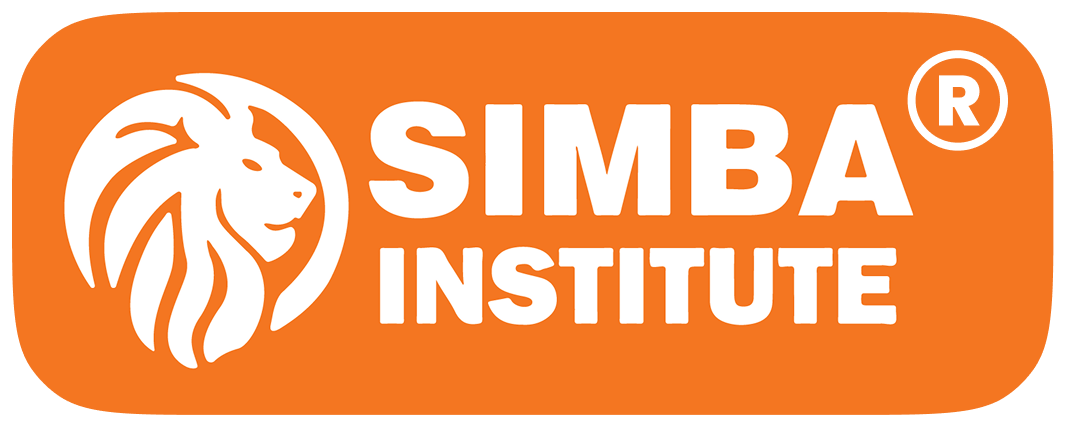Search
People also search for:
Ways to Include Digital Marketing and AI in 2025
Ways to Include Digital Marketing and AI in 2025
- Home
- Ways to Include Digital Marketing and AI in 2025
Ways to Include Digital Marketing and AI in 2025
In 2025, the convergence of digital marketing and artificial intelligence (AI) is reshaping how businesses engage with consumers, optimize campaigns, and drive growth. As a seasoned content writer and prompt engineer, this comprehensive guide explores actionable strategies to harness AI in your digital marketing efforts, ensuring relevance in an increasingly automated landscape.
Understanding the Synergy Between Digital Marketing and AI
Digital marketing covers everything from content creation to social media, email, SEO, and paid ads. AI, on the other hand, helps automate and enhance decision-making by mimicking human intelligence—processing data, identifying patterns, and making predictions.
By combining these two forces, brands can:
Make smarter marketing decisions
Create hyper-personalized experiences
Improve ROI by automating repetitive tasks

AI-Powered Content Creation and Optimization
1. Automated Content Generation
Struggling to meet content demands? Tools like ChatGPT, Jasper, and Writesonic can help create everything from blog posts to ad copy in minutes. They use AI to understand trends, tone, and audience needs—saving hours of manual work.
2. Video Content Enhancement
Video remains one of the most engaging forms of content, and now AI can help with everything from editing to captioning. Tools like Magisto, Pictory, or Adobe Sensei use AI to make professional-looking videos faster and easier than ever.
3. SEO Optimization
SEO tools like SurferSEO, Clearscope, and MarketMuse use AI to analyze your competitors and suggest how to improve your content’s ranking. These platforms can help optimize everything—headlines, keywords, structure—based on what’s already working online.
Key AI Trends Shaping Marketing in 2025
AI-powered Automation: Software is now infused with AI models that can automate tasks like campaign optimization, A/B testing, reporting, and even creative production. As one marketing leader observes, “AI-powered automation isn’t just a trend; it’s a game-changer for marketing.
Automated tools driven by AI take the guesswork out of engagement, personalization, and analytics”.In practice, tools like HubSpot AI or Salesforce Einstein can schedule ads, set bids, and personalize emails automatically based on data – freeing marketers to focus on strategy.
AI-Enhanced Content Creation and SEO
One of the most visible changes in recent years is how AI has transformed content marketing and SEO. Generative AI tools can write drafts of blog posts, product descriptions, and even ad copy in seconds. Savvy marketers use AI to jumpstart content production (e.g. creating outlines or draft paragraphs) and then refine with human editing.
This speeds up content calendars dramatically. For example, a small business blog writer might “prompt” ChatGPT for a full outline and then edit for brand voice, cutting their drafting time by half. In fact, surveys find content creation is a top AI use case: around 53% of marketers report using AI for writing and ideation. Likewise, HubSpot notes that 40% of marketers rely on AI for content creation and brainstorming.


